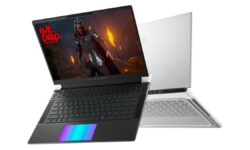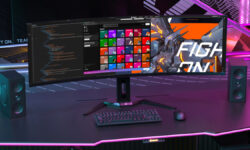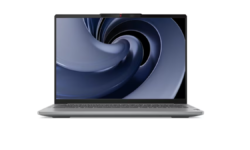AMD Navi: Radeon 5000 specs, release date, price, and everything there is to know
Navi may skip ray tracing for the initial release, focusing instead on boost performance for the midrange sector.
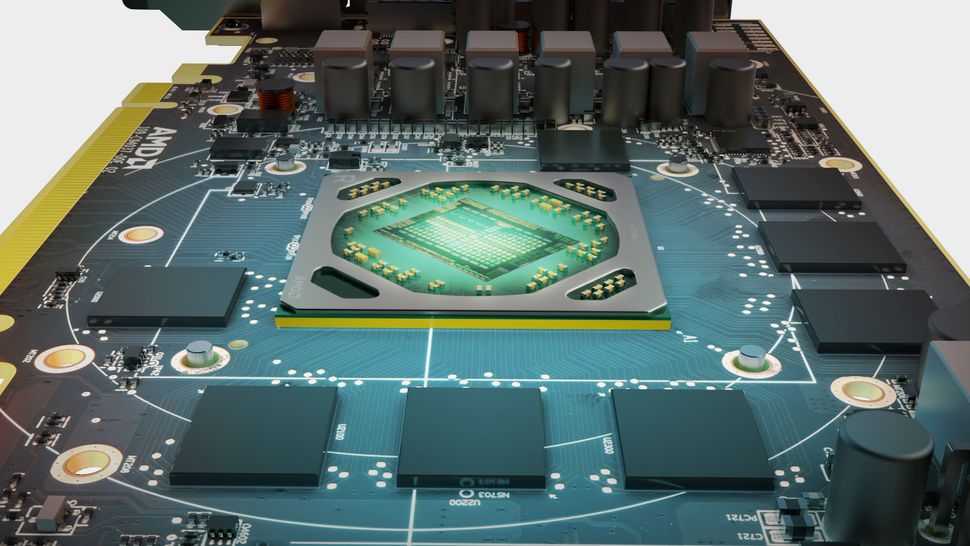
AMD hasn’t released a truly new GPU architecture for its graphics cards since its RX Vega line in 2017, over 18 months ago. Sure, the Radeon VII and RX 590 are new models, but both represent die shrinks and tuning of the existing Vega and Polaris architectures, respectively. The Polaris architecture dates back to mid-2016, a three-year hiatus for the midrange graphics card market, but there are rumblings coming from the earth suggesting that’s about to change.
AMD Navi release date
After bringing the Radeon VII to the consumer market in February, I wondered if that might be it for AMD’s 7nm GPU aspirations in 2019. Thankfully, it appears I was overly pessimistic, because at Computex 2019 the company divulged its imminent plans for both its Ryzen 3000 CPUs and Navi GPUs. At long last, the first round of Navi GPUs, dubbed Radeon 5000, will be available starting July 7.
Following months of rumors, the 7/7 prophecy—a not-so-subtle indication of AMD’s use of TSMC’s 7nm lithography—came to fruition. Though few details were given at its initial debut, AMD assured us more information would unravel at its Next Horizon Gaming conference set to take the stage at E3 2019. Until then, we can rest easy knowing the RX 5700 model is 10 percent faster than the Nvidia GeForce RTX 2080 in Strange Brigade, whatever that means.
AMD Navi specifications
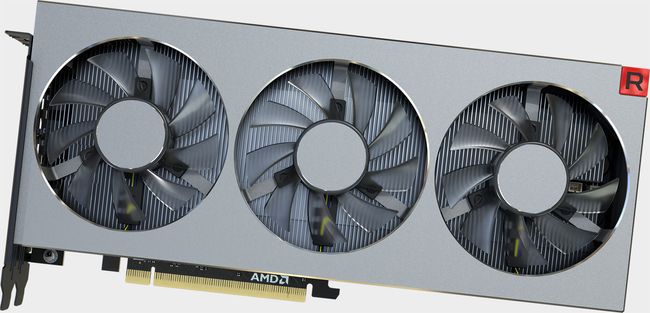
It’s no secret that AMD GPUs have fallen behind Nvidia offerings, in performance, efficiency, and features. This has been the status quo dating back to at least 2014, when Nvidia’s Maxwell architecture doubled down on efficiency, without sacrificing performance. That left the Radeon R9 family to compete primarily on price. Each new family of GPUs largely failed to close the gap, especially when it comes to power efficiency and even die sizes. AMD does compete on price, to varying degrees, but it’s time for a new design.
Relative to third gen Ryzen, we still know very little about the actual specs for Navi. What I can say with absolute certainty is that it will use TSMC’s 7nm process technology, paired with a new RDNA architecture. Yes, you heard that right, GCN is out and “Radeon DNA” is officially in. Budget and midrange focused Radeon 5000 models will likely come first, foregoing HBM2 and opting for more economical GDDR6 and maybe even GDDR5 memory. A higher performance Navi 20 design is expected to come later—though how much later isn’t clear. That could use GDDR6 as well, or it might see a return of HBM2.
The move to 7nm allows for a substantially smaller die size, higher clockspeeds, increased core counts, and new features. However, current indications are that AMD won’t be adding any specialized hardware cores for ray tracing, at least not with Navi 10. Navi 20 (a variant of which is likely to find its way into the PlayStation 5) will be where AMD adds ray tracing hardware, and it will replace the current Vega and Radeon VII cards, but it likely won’t be available until 2020. But for the initial Navi 10 GPUs, AMD will try to increase the performance it offers in the budget and midrange markets. That means more cores, and higher performance per core.
That’s one theory at least. The other is that all Navi GPUs will feature hardware ray tracing support, and will be the first DXR-enabled AMD GPUs. 7nm could allow even mainstream AMD GPUs to match Nvidia’s higher priced RTX models. Will we see RTX 2060 performance, including ray tracing support, for $250? That would be awesome, but don’t count on it.
Looking at the Vega 64 vs. Radeon VII core size, we can get at least a reasonable estimate of what can be done. Vega 10 (Vega 64) at 14nm is a 486mm^2 die with 12.5 billion transistors, Vega 20 (Radeon VII) at 7nm is a 331mm^2 die with 13.2 billion transistors. That’s 32 percent smaller with 6 percent more transistors. With similar scaling, AMD could end up with a 200mm^2 die with 40-48 CUs (2560 to 3072 streaming cores). Toss in higher clockspeeds and lower power consumption, with more memory bandwidth thanks to GDDR6, and the top Navi 10 part could be competitive with RTX 2070.
Another option is to just stick with similar core counts but focus on improving efficiency, shrinking the die size, and keeping cost down. GDDR6 can boost memory bandwidth by 75-100 percent compared to GDDR5, so Navi doesn’t necessarily need more memory channels. Keep the 36 CU (2304 cores) of Polaris and just clock it higher, while shrinking the die size down to 150-170mm^2, and AMD could end up with a part that matches GTX 1660 Ti performance but costs less to produce. For now, it’s not clear which approach AMD will take.

While we don’t have any specifics to go off of at the moment, we do have plenty of marketing claims. AMD says the RX 5700, for instance, will outperform Nvidia’s RTX 2070 by about 10 percent in the Strange Brigade benchmark. I wouldn’t get too excited, though, because even current generation Radeon VII was capable of that. In fact, that was the only game out of the 13 we tested in which the Radeon beat out the RTX 2080. Until we find out more about Navi come E3 2019, my skepticism remains.
AMD Navi models

I’ve held off weighing in on the AMD Navi speculation for the past several months, largely because so many of the rumors have been wafer thin. Or if you prefer, many so-called leaks are just pulling numbers out of a hat and making up a “news” story. As of right now, only one Navi card has a name, and it’s the aforementioned RX 5700. On the whole, AMD’s Navi GPUs adhere to the RX 5000 family naming convention, an homage to the fact that they will release on the company’s 50th anniversary.
When that happens, we’ll have RX 5000 cards, presumably including RX 5060, RX 5070, and RX 5080. (RX 5090 is rumored to be Navi 20, with ray tracing, coming in 2020.) But whatever the new cards are called, AMD will stick with the usual approach of offering multiple levels of performance, based on varying GPU designs. The first Navi 10 cards are slated to go after the midrange market, priced around $250 if rumor holds true. They’ll replace the current RX 590/580/570 line, most likely with two models. Whether they’re called RX 3070/3080 or something else isn’t really important.
Below these will be at least one budget card (Navi 12), but the budget market is tough to get right. Look at the RX 560 vs. RX 570 right now: the RX 560 4GB starts at $100 and the RX 570 4GB starts at $120, but the 570 is nearly twice as fast. The difficulty is that there’s a certain minimum amount of stuff that goes into a graphics card—the PCB, GPU, memory, capacitors, video outputs, cooler, etc. It’s why most new GPUs start at $100, even if they’re relatively slow, and it’s also why we don’t generally recommend the cheapest GPUs (eg, GT 1030 or RX 550). The $150-$250 range is typically where the best values lie, delivering good performance at a reasonable price.



